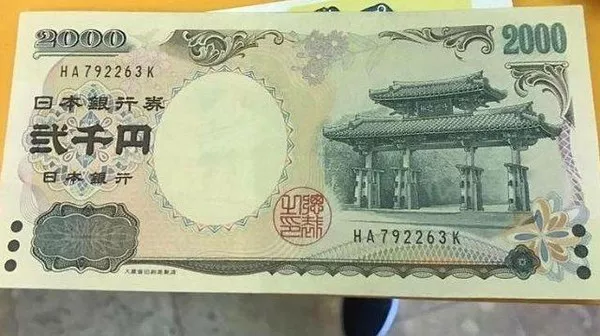The Japanese Yen (JPY) continues to trade in a sideways pattern against the US Dollar (USD), hovering near its lowest levels since early August during the early European session on Monday. Recent remarks by Japanese Prime Minister Shigeru Ishiba regarding monetary policy have dampened expectations for additional interest rate hikes by the Bank of Japan (BoJ), further undermining demand for the traditionally safe-haven currency amidst a generally positive risk sentiment.
In contrast, the USD remains robust, positioned close to a two-month high reached last week, driven by expectations for a more gradual approach to policy easing from the Federal Reserve (Fed). Although the Fed is anticipated to lower borrowing costs by 25 basis points in November, the BoJ is likely to maintain its rate-hiking cycle. This divergence is preventing traders from making new bullish bets on the USD/JPY pair.
Market dynamics show that futures trading indicates less than a 50% chance of a 10 basis point interest rate hike from the BoJ before the year ends, following Ishiba’s dovish comments earlier this month. Moreover, Japan’s real wages have fallen for the first time in three months, and declining household spending, alongside easing price pressures from raw materials, raises questions about how aggressively the BoJ can implement rate hikes.
China’s finance ministry has hinted at increased debt issuance as part of efforts to bolster the domestic economy, indicating that the central government has room to increase the deficit, though specific stimulus details remain vague. Investors remain optimistic that comprehensive measures will be introduced to stabilize key economic sectors, supported by a recent rally in US equity indices, which reached record highs on Friday.
In the United States, the Bureau of Labor Statistics reported that the headline Producer Price Index (PPI) for final demand rose by 1.8%, while the core gauge climbed 2.8% year-on-year in September, both slightly exceeding market expectations. These figures follow last Thursday’s higher-than-expected consumer inflation data, reducing the likelihood of a substantial rate cut by the Fed in November and pushing the USD closer to its recent peak.
However, with signs of labor market weakness persisting, the Fed is still expected to continue reducing interest rates, while the BoJ is anticipated to hike rates again by year-end, capping the potential upside for the USD/JPY pair.
From a technical perspective, the USD/JPY pair has recently broken through the 50-day Simple Moving Average (SMA) barrier for the first time since mid-July, indicating bullish momentum. Acceptance above the 38.2% Fibonacci retracement level of the July-September decline suggests a continued upward trajectory. Should the pair sustain follow-through buying beyond last week’s swing high of around 149.55-149.60, it may reinforce the positive outlook, pushing spot prices toward the psychological 150.00 mark, with further momentum potentially extending to the 50% Fibonacci level at 150.75-150.80.
Conversely, a significant decline below the 149.00 mark may present a buying opportunity near the 148.55 region, helping to limit downside potential for the USD/JPY pair. The 148.00 level is viewed as a critical support point; if breached decisively, it could trigger technical selling, dragging prices down to the intermediate support at 147.35, with further declines potentially reaching the 147.00 and 146.50 areas.
Related Topics:

























